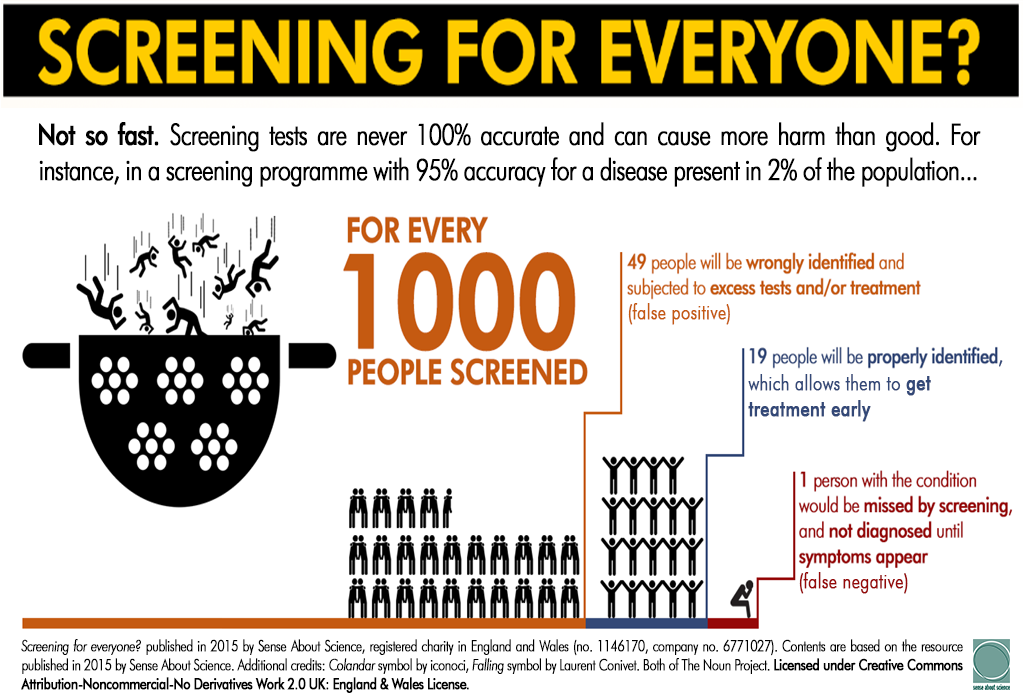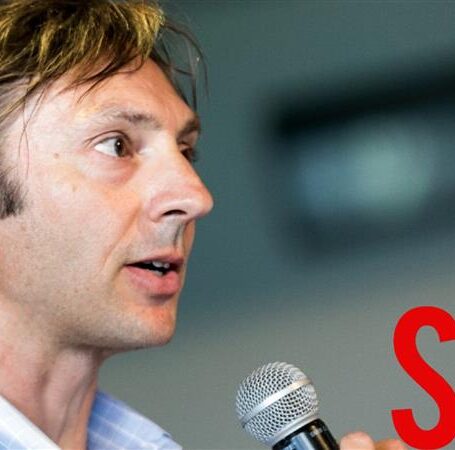Making Sense of Screening: Public Expectations About Screening Still Don’t Match What Screening Programmes Can Deliver
Misconceptions about how screening works, its limitations and possible harms are still being perpetuated by media stories and high profile cases, such as Angelina Jolie’s double mastectomy and emotive tabloid case studies of women under 25 dying from cervical cancer. Campaigners and celebrities still call for more screening: for more diseases, in more people and for longer. In the last few months alone, Taylor Swift encouraged fans’ parents to get earlier breast screening following her mother’s cancer diagnosis, campaigners have called for all women over 70 to be screened for breast cancer and researchers have been developing screening tests for Alzheimer’s, as well as discussing screening babies from birth. There’s also a widespread misconception that screening programmes are only offered to certain age groups due to financial considerations.
We released a new edition of our guide Making Sense of Screening on 3rd July 2015 to address the unrealistic expectations of what screening can deliver.
In the guide, scientists, clinicians and medics explain that screening:
• rarely benefits all sections of the population.
• can have negative effects, so it needs to be targeted at those most likely to benefit.
• can identify some of the people who have a disease but it cannot prevent disease.
• cannot give you a ‘yes’ or ‘no’ answer and an ‘all clear’ does not mean you will not go on to develop the disease.
• screening tests differ from diagnostic tests.



























































































